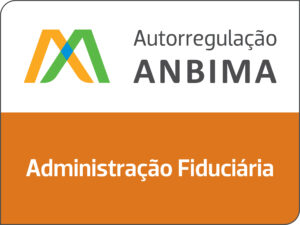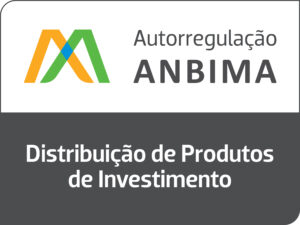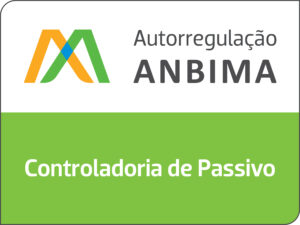Dynamo Cougar Classe de Investimento em Ações – Responsabilidade Limitada
The Dynamo Cougar is the fund that initiated our journey, having been launched in September 1993.
Dynamo Cougar is one of the longest‐standing equity funds in Brazil. Over more than thirty years, we have faced financial crises; domestic and global economic recessions; inflationary surges; cycles of monetary tightening; currency depreciations; fiscal imbalances; bubbles and downturns in the capital markets; impeachments and presidential removals; institutional instabilities; wars and geopolitical tensions; and an unprecedented pandemic.
With discipline, we have maintained our focus on analytical work, confident in the technical toolkit refined over the course of this journey and in the potential of our investment philosophy, always with a medium- and long-term outlook. Our intuition, in the early days of the Dynamo Cougar, that a portfolio of solid, well-managed companies would serve as the best safeguard for navigating any turbulent market environment has proven correct. The extensive and detailed analysis process allows us to cultivate the conviction necessary to construct a promising portfolio, especially in the most challenging moments when the market offers attractive valuations.
Investment Goals
The Class’s objective is to provide its participants with real appreciation of their units over the medium to long term by investing its net assets in units of the Dynamo Cougar Master Financial Investment Fund (“Master Class”), also administered and managed by the Administrator, in compliance with applicable legal and regulatory limits.
Target Public
The Class is intended solely for qualified investors, as defined by the regulations of the Brazilian Securities and Exchange Commission (“CVM”).
Investment Policy
The Class will seek to invest at least 95% of its net assets in units of the investment class of the Dynamo Cougar Master Financial Investment Fund, registered under CNPJ No. 37.916.879/0001-26, also administered and managed by DYNAMO (“Master Class”).
The Master Class, in turn, will invest at least 67% of its net assets in financial assets and/or equity instruments whose primary risk factor is the price fluctuation of shares admitted to trading on the cash market of a stock exchange or organized over-the-counter market entity, in compliance with applicable legal and regulatory limits. The remaining percentage may be invested in any financial assets and/or instruments permitted by regulation.
See detailed description in the bylaw.
Key Risk Factors
Due to the high concentration of the Class’s investments in the Master Class, the Class’s risk factors are predominantly the same as those of the Master Class. Among the main risk factors of the Class are:
- Capital Loss Risk: The investment strategies employed by the Class and the Master Class may result in significant capital losses for their unitholders, including the total loss of the capital invested.
- Market Risk: Fluctuations in the prices and quotations of the assets may negatively impact the net asset value of the Class and the Master Class.
- Liquidity Risk: A reduction in demand for the Master Class’s assets may prevent the Class from efficiently meeting its obligations and lead to significant losses when trading those assets.
- Concentration Risk: The portfolios of the Class and the Master Class may be concentrated in assets from a small number of issuers, which can increase exposure to issuer-specific risks and cause volatility in unit prices.
- Derivatives Risk: The use of derivative strategies as part of the investment policy may result in significant capital losses for unitholders of the Master Class and, consequently, for unitholders of the Class.
- Credit Risk: The Class and the Master Class are exposed to the risk of default by counterparties and issuers of the assets, which may result in the loss of income and invested capital. Changes in the financial, economic, or political conditions of issuers may significantly affect asset prices and liquidity.
For a comprehensive assessment, we recommend reading the fund’s Regulation, where detailed information on all risk factors is available.





